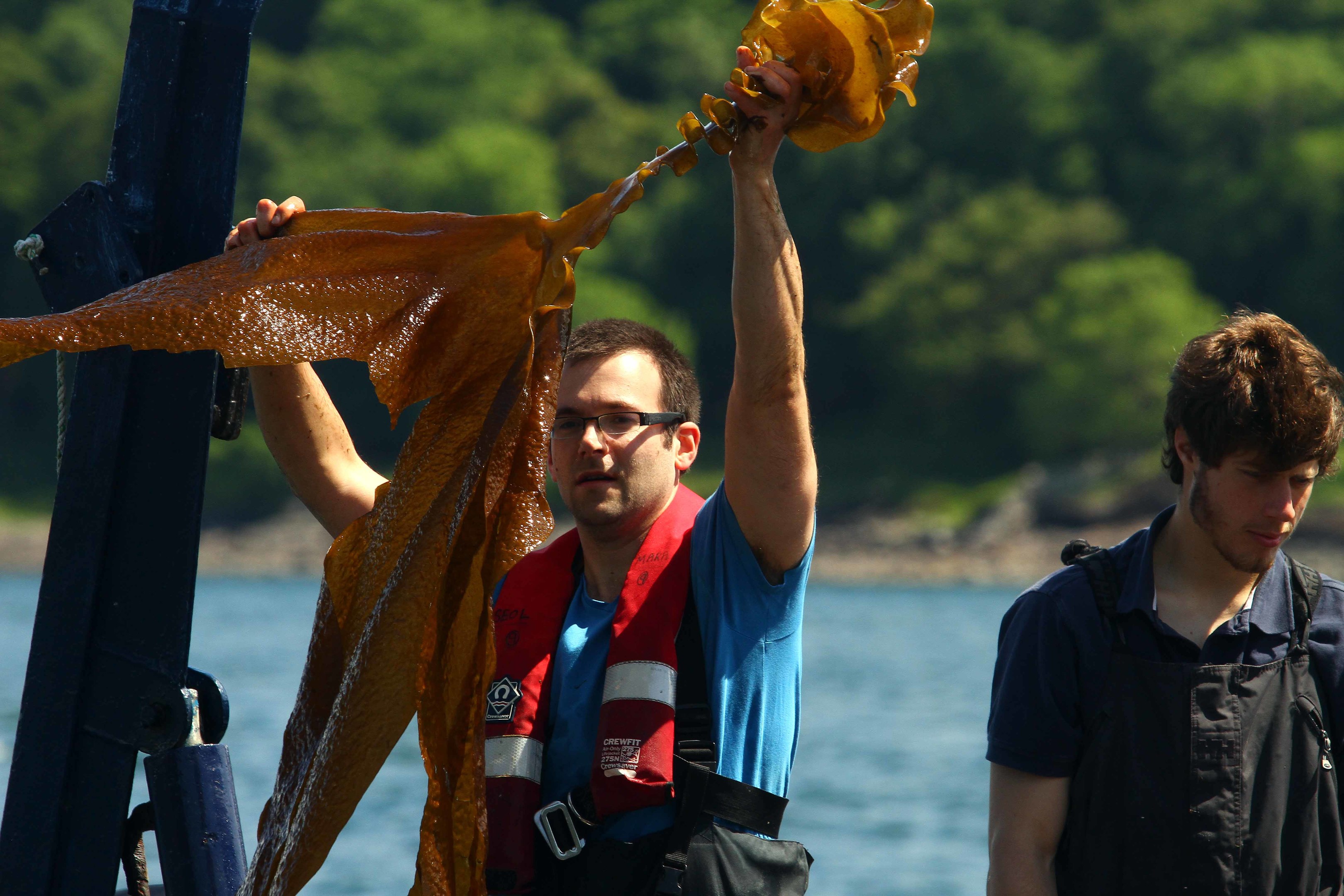Green-fingered scientists who have grown seaweed at their own farm off Scotland’s west coast and are now aiming to serve it as a crispy treat for MSPs at Holyrood.
And they hope their crop could eventually become an important part of the national diet.
Their farm, off the isle of Kerrera, near Oban, is owned by the Scottish Association for Marine Science (Sams) and became the first of its kind in the UK when it opened in 2013.
The scientists use the site to develop seaweed farming techniques – and their produce has the potential to be turned into biofuel, food, fertiliser, pharmaceuticals and cosmetics.
This summer’s harvest will be used to further Sams’ research.
But Dr Phil Kerrison, one of the scientists exploring seaweed farming techniques, said he had ambitions to serve up a healthy snack to create interest among Scotland’s politicians.
He said: “I became interested in seaweed because of its potential as a biofuel, but it has real economic potential in high value food products too.
“We have an ambition to serve crisps made out of oarweed to MSPs to show them what potential it has as a product.
“There is a huge opportunity to have a sizeable sustainable seaweed industry around the Scottish coast.”
In Scotland seaweed has been used as a natural fertiliser for many years. It is also commonly used as a thickener in ice cream.
In the last few years, its potential as a source of biofuel has reignited commercial interest in seaweed.
It can be fermented into ethanol, which can be mixed with petrol.
Often referred to as a “superfood”, seaweed is rich in iodine and calcium and contains natural antioxidants, minerals and amino acids.
At the Kerrera site, Sams grows a variety of seaweeds, including dabberlocks or badderlocks, sugar kelp; nori, and dulse.
Dr Kerrison also revealed plans to create a new seaweed farm on the site of a previous trial farm at Port a’ Bhuiltin, off Lismore.
He said:
“At capacity, the new farm could produce around 25 tonnes of seaweed, which is big enough for someone to start a commercial farm for high value food products.”
